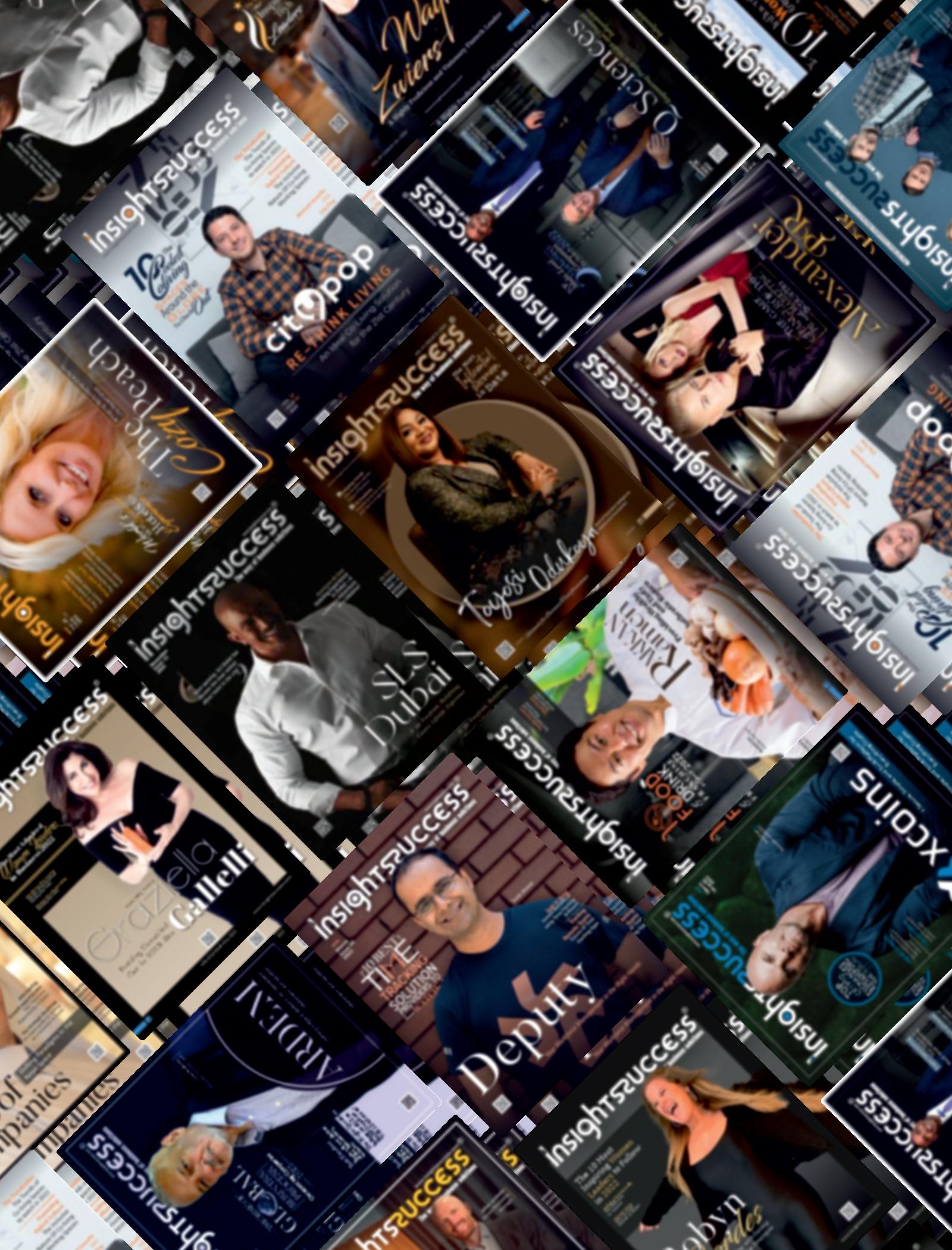





There is no LIMIT to what we, as WOMEN, can ACCOMPLISH.

-MichelleObama









There is no LIMIT to what we, as WOMEN, can ACCOMPLISH.

-MichelleObama




www.X.com/insightssuccess


Healthcareisdeeplyinfluencedbyadvancingtechnology Thetwohave
unitedtorevolutionizethequalityofpatientcarebyenhancingtheir effectivenessandaccessibility.Anestimatedshortageofashighas 124,000physiciansmayoccurby2033,basedontheBureauofLaborStatistics, whileitpredictsanexpansionofhealthcareprofessionalsatsignificantrates.
Telemedicinehasprovedtobeagame-changerasithasallowedthepatienttosee ahealthcareproviderfromanywhereintheworld.Thetelemedicinemarketis expectedtogrowwithacompoundannualgrowthrateof23.5%from2021to 2026,whichshowsthatvirtualconsultationhasmadehealthcareeasyand accessibletoallespeciallythoseinremoteareas.
Wearabletechnologyalsohasasignificantroleinmodernhealthcare.Withthe useoffitnesstrackersandsmartwatches,peoplecanmonitortheirvitalsignsand healthmetricsinrealtime.Astudyfoundthatwearablescouldreducehospital readmissionsbyasmuchas50%,whichshowstheirpotentialtoenhancepatient outcomes.
Healthcareserviceprovidersarechanginghowtheyapproachpatientcarebybig dataanalytics.Theyusevastamountsofdataanalysistoidentifytrendsandthus personalizetreatmentplans.Inthisregard,theglobalhealthcareanalyticsmarket isprojectedtoreach$84.2billionby2027,reflectingthegrowingimportanceof data-drivendecision-makinginimprovinghealthoutcomes.
Insummary,theintersectionoftechnologyandhealthcaredoesnotonlychange thecareforpatientsbutis,infact,acriticalelementinfacingfutureindustry challenges.Throughthesetechnologies,amoreefficientandeffectivehealthcare systemcanbecreated,whichwouldultimatelyservethepatientsintheentire country
Thelatesteditionof Insights Success, titled"TopVisionaryandImpactful LeaderMakingaWavein2024,"highlightsVaibhaviTiwari,arecognized authorityinthefieldsofartificialintelligenceandsoftwareengineering.Withher expertise,sheleveragestechnologytodevelopinnovativesolutionsthataddress criticalchallengesinhealthcareaccessibilityanddatamanagement.Her contributionsarepavingthewayforamoreequitableandefficienthealthcare landscape.Thisrevisionmaintainsthekeyinformationwhileenhancingclarity andengagement.
Haveagoodreadahead!


08. F E A T U R I N G
Vaibhavi Tiwari Revolutionizing Healthcare Management through AI and Blockchain
18. 22.
From Boss to Leader: Understanding the Key Differences in Management Styles
The Crisis of Trust: How Leaders Can Rebuild Confidence in the Workplace






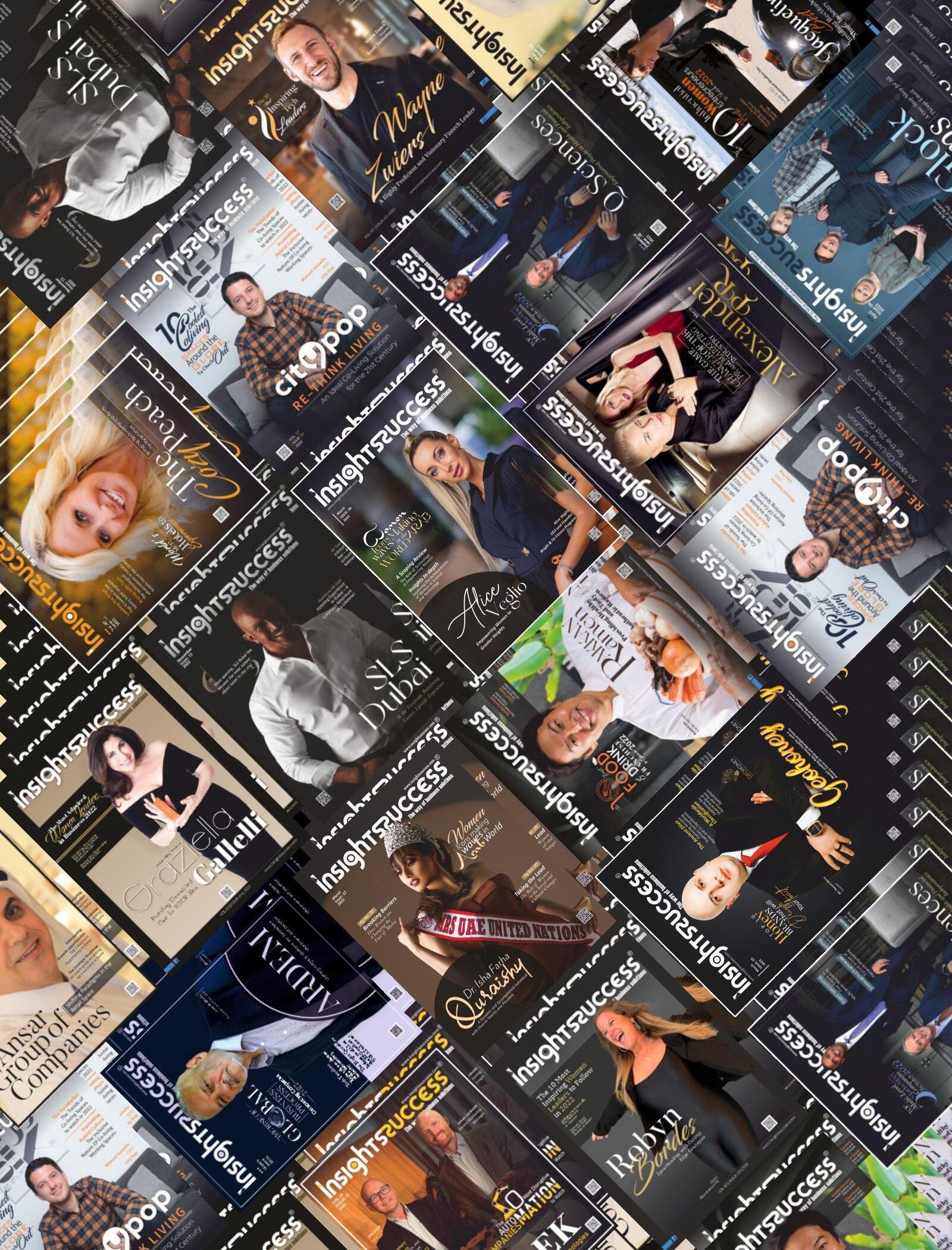






The real of discovery consists not in seeking new but in having new eyes. landscapes, voyage
-MarcelProust














Leadership is not about titles, positions, or owcharts. It is about one life inuencing another.


Oneshouldgobacktothetime
ofreflectiononhowbeinga bossandaleaderinthe dynamicworkspaceoftodayare different;bothareveryimportant guidingforceswithinteamsand organizations.
Themanagementstylesare fundamentallydifferentandhavea dramaticimpactonmotivation,output, andgeneralculturewithinthe workplace.Thisarticledelvesintothe understandingofthedifferencesin termsofcharacteristicsofeachandthe impactonteamswithstatisticsthat underscoretheirvalue.
• Boss:Abossisusuallytheperson holdingapositionofauthorityin anorganization.Thisroleusually emphasizescontrolanddirective power.Bossesareusuallytaskoriented,focusedondeadlinesand results.Theytendtobemore authoritarian,makingunilateral decisionsandexpecting compliancefromtheir subordinates.
• Leader:Aleaderinspiresand motivatestheteam.Leadershipis moreofinfluenceratherthan authority.Leadersareteamplayers whocreateanenvironmentthat valuesthefeelingsandmakes themempoweredtogivetheir ideas.Theyworkonrelationship buildingandleadtheteamtowards commongoals.
Attitude towards Authority:
Bossesmostrelyonpositional authorityforrulingandgoverning. Suchofficersgetpowerbasedpurely ontheirtitleratherthanwhatpowers themtoinspireleaders,however, deriveonwhatleadstotrustand earningtheirrespect.Theycan commonlyopenlinesof communicationsthroughwhichthey encourageothercolleaguesto contribute.
Bossesmajorlyrelatetotop-down kindswheretheygiveordersby offeringzerochecksforfeedbackthus createsroomforfearorfrustration atmosphere.
Leaderslistenactivelyandfoster conversation.Theygivespacetoteam memberstoventilatetheirgrievances orevenproposeideas,whichmay solidifyteamcohesion.
Focus on People vs. Tasks:
• Managerstendtofocusontasks ratherthanpeople.Employeesare seenasresourcesfor accomplishingtasks.
• Leadersknowthatpeoplearethe keyinsucceeding.Theytaketime indevelopingandnurturingthe teamknowingthathappy employeesworkbetter.
MotivationTechniques:
• Bossesmaymotivatethroughfear orpressure.Theymayachieve results,butthetendencyofan employeeturningoverisata higherrate.
• Leadersmotivatethrough inspirationandsupport.They inspireasenseofownershipfrom theteam,whichwillleadtolongtermengagement.
Thetypeofmanagementstyleadopted byleaderssignificantlyinfluences workplaceculture.Accordingto Gallup,thecompanieswhose employeesareengagedoutperform thosewhoseemployeesarenot engagedby202%.Engagedemployees areproductive,givebettercustomer service,andcontributepositivelytothe bottomlineofthecompany.
Moreover,itisrealizedthatfirms employingeffectiveleadershiphavea retentionof50%employeesmorethan thosefirmswithlesseffective leadership.Thefigureshowsthatthere istheneedtoembraceamodelof leadershipthatgivesimportancetothe valuethattheiremployeesgiveand allowsforanappreciativework environment.
Anotherkeydifferencebetweenthe bossesandtheleadersisEI.Theaspect hererelatestoshowingmoreEI,where moreleadershaveahigherEIcapacity. Thishelpsthemregulatetheirown emotionswhileresponding empatheticallytoothersandhence navigatetheintricateandcomplex interpersonaldynamicsofgroups.
Recently,astudypublishedinthe JournalofOrganizationalBehavior foundthattheleaderswithhigherEI aremoresuccessfulintermsof promotingcooperationamongteam membersandorganizational accomplishment.However,bosseswho lackEIstrugglewithconflict resolutionandevenfailtoconnectwith theteamonapersonallevel.
Inanutshell,thedifferencebetween beingabossandaleader:toadopta managementstylewhereinpeopleare putaheadoftasks,open communicationencouragesit,and inspiresinsteadofcommanding.The resultissignificant;organizationsled
bysucheffectiveleadersnotonly achievebetterperformancebutalso haveaculturethatismorepositiveat work,helpingimproveemployee satisfactionandretentionlevels.
Theevolutionofworkplacesshould notgounspokenandunacknowledged; apersonwithhigherrankneedstobe understoodasthedistinctionsgrow thin.Byfocusingonanorganization's qualitiesthatpossesstheleaderinit; thatis,bysettingtheirmindsto qualitiesofanempathetic, communicating,andcollaborated person,employeesandthebusiness maysurviveinanenvironmentwhere everyonefindseachothertobeworthy company



Success consists of going from failure to failure without loss of enthusiasm.
- Winston Churchill


Thatbecomesahugecrisisofconfidencein
themodernworkplace.Thesehavebeen posedagainstotherglobalchallengesthat includethepandemic,politicalunrest,andcorporate scandals.
Trust,definedasthewillingnesstorenderoneself vulnerabletotheactionsofothersbasedonthe beliefthattheyhavegoodintentions,isabsolutely essentialforfosteringaproductiveandengaged workforce.Recentstudiesrevealthatonly23%of theemployeesintheU.S.haveastrongconfidence intheleadershipoftheirorganizations.Thisrequires areconstructionofoneofthemostimportant componentsoforganizationalculture-thetrust.
Declineintrustisnotjustanindicatoroffailuresat theindividuallevelofleadershipbutratheritpoints towardstheproblemsthatprevailatthesocietal level.TheEdelmanTrustBarometer2021revealed thatmostrespondentsbelievethatleadersarelying tothepubliconpurpose.Thiserosionoftrust crossesthecorporateboundaryandincludes governmentalinstitutionsaswell.
As84%oftheemployeesareanxiousovertheirjob security,theykeepthemselvesguardedin relationshipswithcolleaguesandsuperiors.This lackoftrustleadstosomeverynastyoutcomesfor organizations,whichincludedecreasedproductivity andanincreasedturnoverrate.
Accordingtotheresearchconducted byPaulJ.Zak,theworkplaceisoneof themostimportantsettingsfortrust. Hisexperimentshaveshownthat employeesbecome50%more productiveandreport74%lessstress whenworkinginhigh-trustconditions thaninlow-trustconditions.
Whatismore,theseemployeesbecome 76%moreengagedandtakefewersick days,whichamountsto13%fewer, comparedtothosewhoworkunder low-trustconditions.Thus,statistics clearlyprovethatrebuildingtrust shouldtopthelistofprioritiesof leaderswhowishtoimprovethe performanceoforganizations.
Someofthefollowingkeystrategies mustbeadoptedbyleaderstorestore losttrust:createanopenand supportiveworkenvironment.
• Communicationisanopenaffair withtransparentviews,andto beginwith,itstartsreestablishing trust,atraitwhichhastakenan overwhelmingbeating.Letall newsbepositiveorbad communicatedbytheleaders beforethemandavoidtheneed forkeepingsomethingbadout.A companythatfailsonfinancial mattersormakescutsthrough layoffsmustnotifyeveryone clearlyofwhatawaitstheirfate andwhatthecomingstrategy shallbe.Thataside,transparency notonlyletsonegainconfidence butmakesallthosepeoplefeel likeimportanthumanbeingswho werewanted.
• Keepingpromises:wheneverthe leadersbreakpromises,theylose theirtrust.Leadershavetogive theirpromiseofpromotion,raise, orperformancereview.Itis possibletomaketheemployees disillusionedanddisengagedby breakingpromises.Always keepingtheircommitmenthelps theculturebuildasenseoftrust intheorganization.
• MistakesAcknowledged:No organizationisimmuneto mistakes,butthemannerin whichtheleadersofthe institutionhandlesucherrorswill definetheextenttowhichpeople trusttheinstitution.Anopen acknowledgmentofmistakeswith correctiveactionsspeaksvolumes ofaccountabilityandintegrity Suchaleadersetsanexamplefor othersandmakespeoplefeel secureaboutmakingtheirown mistakes,knowingtheywillnot faceanyconsequences.
• Relationshipbuilding:Trustis intrinsicallyarelationship-based emotion.Aleadershouldbe interestedinthewell-beingofhis subordinatesandabouttheir professionaldevelopmentand cultivaterelationshipswiththem. Regularinteractionsandanopendoorpolicyarelikelytohelp buildthoserelationships.
Vulnerabilityisessentialbecauseit helpscreatetrustwithteams.Leaders whodonotmindadmittingtheir weaknessesoraskingforhelpwhen theneedarisescreateamore comfortableenvironmentforthe workerstodothesame.Asaresult, suchaculturecanledtogreater authenticityininteractionsandcloser teamdynamics.
BreanéBrown,inherworkson vulnerability,putsgreatervalueonthe notionthat"vulnerabilitysoundslike truthandfeelslikecourage."If challengesarehardtoembraceyet honestyorauthenticconversations overobstaclesarenot,leadersmaybe betterabletohelptheircompanies adoptcultureswheretruthishighly valuedaboveallelse;perfection becomesfarlessvalued.
Theresultsofrestorationoftrustare notjustahappyworkforce;theyeven playanimportantroleinorganizational effectiveness.Organizationsinwhich thetrustofemployeesisheldtothe
maximumexperiencereducedratesof turnoverandincreasedsatisfaction ratesamongtheircustomers.Onthe contrary,ithasoftenbeennoticedthat companiesexperiencingtheproblemof distrustloseouttotremendousratesof attritionwhiletheyremainunableto capturetalentleaders.
Highlevelsoftrustinanyorganization implythattheinnovationofan organizationisheightened.An employeeintheworksettingfeelsfree andateasetosharesuggestionsor ideaswithoutfearthatsomeonewould criticizeorshelveit,hencecomesthe solutionsthatwillseeafirmgrow.
Restoringtrustisnotanovernight exercise,butitdoescallforconstant effortandcommitmentonpartof leadersateverylevel.Theveryfact thatorganizationsareconstantly changinginthenewworkplaces-beit economicfluctuationsortransitionsin workculture-thenecessityofleaders committingtotrust-buildingliesahead. Inconclusion,itisimportanttoaddress thecrisisoftrustwithinor inordertocreateaproductivework environmentwhereemployeesare engagedandvalued.A createdthatnotonlyrestoresbutalso enhancestrustbyimplementing strategiescenteredaround transparency,accountability relationship-building,and vulnerability.Researchindicatesthat thebenefitsofhigh-trustenvironments aresubstantial,leadingtoimproved morale,increasedproductivity ultimatelygreaterorganizational success.


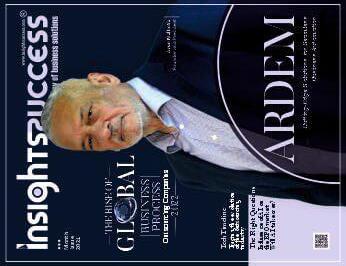
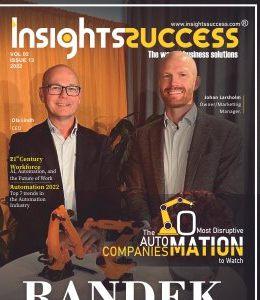


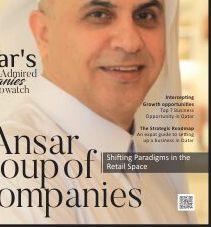



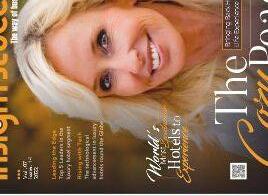



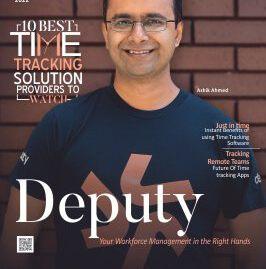
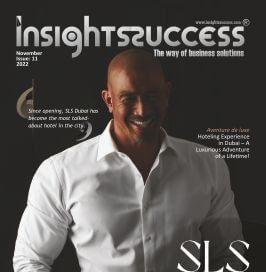

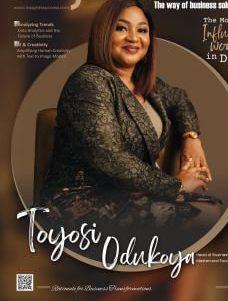

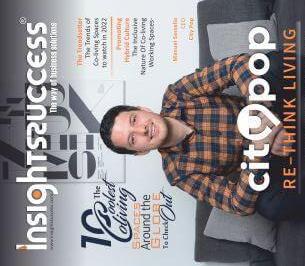

www.X.com/insightssuccess


